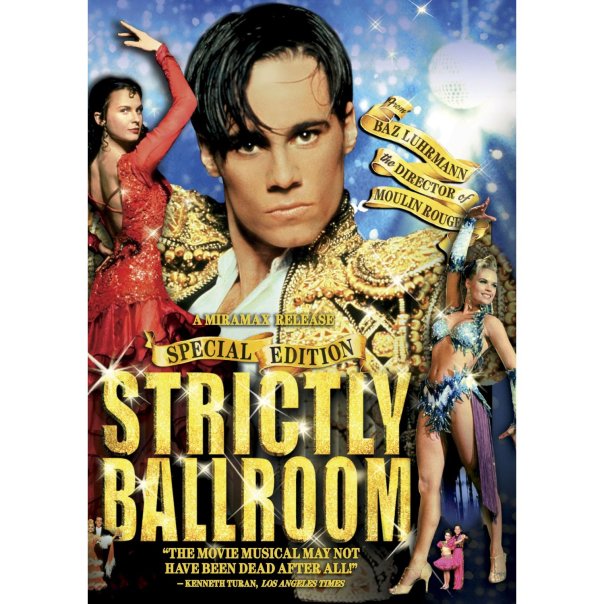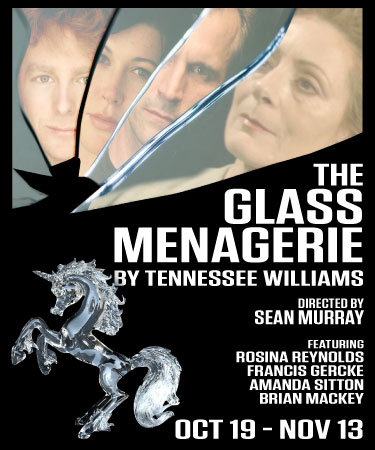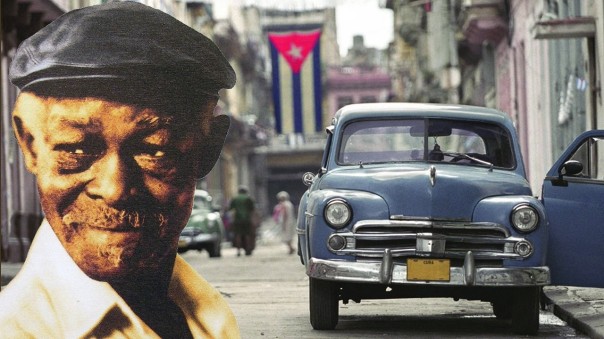
American Me is a gritty, violent movie that deals with the social issues that were gripping Los Angeles during the middle and latter half of the past century. Edward James Olmos acts and directs this movie and invites those who were unaware of the issues latinos have faced in California to come along for an eye opening journey. As a Mexican-American born and raised in California, I was always aware of the culture that was idealized and defended by our own people. Having watched this movie as a kid, I remember thinking that the lives that these actors portrayed was one that was cool and glorious, and even thought of it as the best way to get respect from others. As most chicanos I grew up around, I thought that the entire point of this movie was to glorify gang life and show just how badass it was to be a cholo and to be hard in the yard. I quickly realized I was wrong. And watching this movie as an adult, I realize now that Olmos was trying to show viewers that gang life or life in the eMe (Mexican Mafia) is nothing more than a quick ticket to prison, or even death.
I feel as though Olmos shows us as viewers that Santana, the “CEO” of La eMe, was nothing more than a product of the racism and hatred that was prevalent during the earlier part of the 20th century. I don’t mean to excuse the actions of criminals, for that’s what they were. Criminals. Nor do I try to point the finger at the “MAN” or the “White Devil” for wrongs committed generations ago. I simply mean to look into the message sent to me by this movie. I felt as though Olmos purposely opens this story with the violent scenes of rape and mistreatment of minorities because he wants to establish reason for Santana’s actions later.
When a child is raised in an environment in which violence, racism, misunderstanding and exclusion are the norm, there’s no reason to believe that said child won’t grow with a chip on his/her shoulder and a general distrust for those outside of his safety zone (family or barrio). The actions taken by the white majority against the colored minorities pushed these groups to form their own lines of defense: gangs. These would patrol and protect their hoods against any unwanted intruders. And of course, violence propagates more violence. The gangs began lashing out indiscriminately against whites, blacks, and even their own. So, again, the white majority would look at these hoodlums and thugs as a being nothing more than rabid animals. And this is the upbringing in which Santana learns to live life. He makes his decision, the wrong one of course, that no one is ever going to hold any power over him, even if he is behind bars. The most direct line to power is violence. Violence, violence, and more of it. The ironic thing is that while Santana plays the part of a feind with no remorse for any of his actions, he’s also a self-educated and intelligent man. He understands what he’s doing and believes it’s the only way to bring power to his “people.” There’s even a scene in the movie where he speaks to his love interest and tells her of fighting for “la raza y el movimiento” which of course is horse shit because he’s only interested in expanding the empire of the eMe. By doing this, Santana is creating a negative image outside the prison walls of latinos. America begins to believe that ALL latinos are like the criminals within prison walls. His tactics within are damaging those that live on the outside. It’s not until he returns to normal life that he begins to attempt to make sense of his past actions and begins to question if he could have a life outside of prison. During his introspective, he falls for Julie, and he begins to understand that his life of crime is not only dangerous, but empty too. But once in the Mafia, there’s no way out and he’s betrayed by his “brothers.” The people closest to him pull a Julius Cesar and get on with the stabbing. And this is what got me. Very quickly in my youth, I began to realize that the gang life had no other ending but prison or death. Edward James Olmos put this message in bold letters and used caps lock. There’s no subtlety about it.
I know that in this class, our focus is to speak of how art and music can transform lives. However, this movie gave me but one message: drugs and gangs lead to death. Simple as that. Gangs suck. Drugs suck. Oh, perhaps more than that, Olmos wanted to remind us that violence only brings more violence. Ok, maybe he also wanted to remind us that “what goes around comes around” so don’t start-a-killin’ because it’ll come back to get ya.












